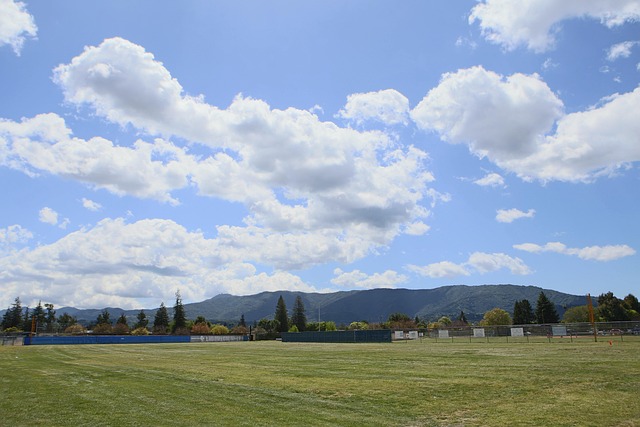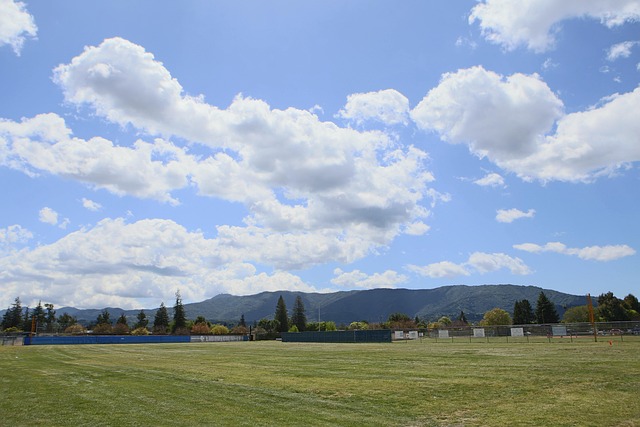Mexico's real estate market has experienced a significant boost due to the construction of highway trade routes, which have opened up previously isolated areas, increasing development potential and economic growth. Enhanced connectivity facilitates easier transportation of goods and people, attracting businesses and driving demand for housing options near strategic routes. This trend has led to the emergence of vibrant new communities with modern amenities, while the country's ancient highways have historically shaped urban development and contributed to its lasting economic prosperity. Foreign investors find promising opportunities in prime locations like Guadalajara, Monterrey, Tijuana, and León, offering lucrative returns and access to diverse cultural experiences across residential, commercial, and industrial sectors.
“Discovering the transformative power of infrastructure, this article explores Mexico’s burgeoning highway trade route and its profound impact on the nation’s real estate landscape. From unlocking new economic opportunities to reshaping urban centers, the highway acts as a catalyst for growth. We delve into the historical context of trade routes in Mexico, examining their lasting effects on city development. Furthermore, we highlight prime investment destinations along this corridor, offering valuable insights for foreign investors seeking lucrative real estate ventures.”
Unlocking Opportunities: The Highway's Role in Mexico's Real Estate Market

The construction and improvement of highway trade routes have significantly unlocked new opportunities, particularly in Mexico’s real estate market. With enhanced connectivity, areas previously isolated from major urban centers are now accessible, leading to a surge in development potential. Investors and developers are taking notice, flocking to these regions to capitalize on the expanding infrastructure.
These highways facilitate easier transportation of goods and people, stimulating local economies and attracting businesses. Consequently, residential real estate has become more viable, with an increase in demand for housing options near these strategic routes. As a result, we see vibrant new communities emerging, offering modern amenities and lifestyle opportunities that were once less accessible.
A Historical Perspective: Trade Routes and Their Impact on Mexican Cities

The history of trade routes in Mexico is a fascinating narrative that intertwines with the development and growth of its cities. For centuries, these routes have served as lifelines connecting diverse regions and fostering cultural exchange. One notable example is the ancient highway system that predates the arrival of Europeans, enabling the movement of goods, ideas, and people across vast distances. These early trade routes significantly influenced the establishment and prosperity of Mexican cities, shaping their economic and social landscapes.
The impact extended beyond local markets; it permeated into the real estate sector. Cities along these routes often became bustling hubs, attracting merchants, artisans, and settlers, which led to urban expansion and the development of vibrant neighborhoods. The demand for accommodation, commercial spaces, and infrastructure grew, driving economic growth and leaving a lasting legacy on Mexico’s urban geography.
Exploring Investment Potential: Top Destinations Along the Highway for Foreign Investors

The highway trade route to Mexico opens up a wealth of opportunities for foreign investors looking to diversify their portfolios, particularly in real estate. Along this bustling corridor, several destinations stand out as prime locations for investment due to their strategic positioning, growing economies, and vibrant cultures. Cities like Guadalajara and Monterrey have seen significant urban development, attracting both local and international businesses. Real estate projects in these areas offer promising returns, catering to a mix of residential, commercial, and industrial needs.
For investors keen on capitalizing on the rising demand for modern accommodations and business spaces, cities such as Tijuana and León are worth considering. These rapidly growing metropolises are becoming major hubs for manufacturing, technology, and tourism, respectively. The real estate market in these regions is robust, with a steady influx of expats and domestic buyers seeking high-quality properties at competitive prices. Investing in these destinations not only promises lucrative returns but also provides access to diverse cultural experiences that can enhance the overall appeal of any property portfolio.






